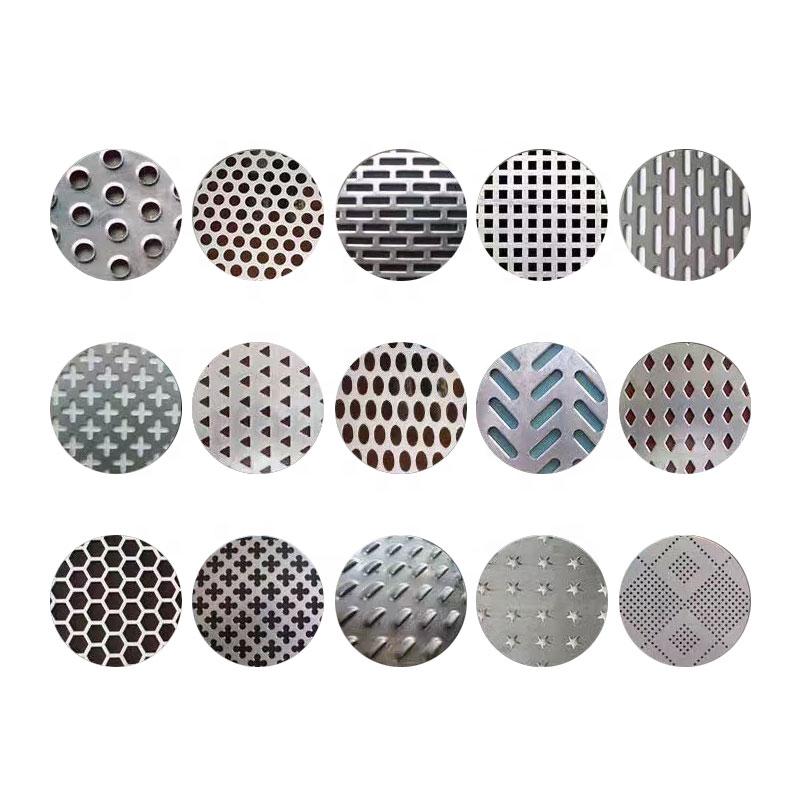Temporary Animal Fencing A Practical Solution for Protecting Livestock and Wildlife
In the world of agriculture and animal husbandry, the management and protection of livestock are paramount. Farmers and ranchers are perpetually faced with the challenge of keeping their animals safe from predators and preventing them from wandering off into unwanted territories. One effective and increasingly popular solution to this problem is temporary animal fencing.
Temporary animal fencing refers to a type of fencing that can be easily installed and removed as needed. It is designed for short-term use and is ideal for situations where a permanent fence might be impractical or too expensive. These portable fencing systems can be composed of various materials, including plastic, metal, or fiber, and they come in different styles to fit different needs, from paddocks for grazing livestock to barriers for gardens and crops.
Advantages of Temporary Animal Fencing
One major advantage of temporary animal fencing is its flexibility. Farmers can set up these fences in different locations based on the movement of their animals or the changing needs of their land. For instance, if a farmer wants to rotate grazing areas to ensure optimal pasture health, temporary fencing can be quickly erected to contain livestock in a designated area. This practice not only maximizes land use but also promotes better soil and pasture management.
Another benefit is cost-effectiveness. Installing a permanent fence can be labor-intensive and financially burdensome. Temporary fencing, on the other hand, typically requires a lower initial investment. This makes it an attractive option for smaller farms or those just starting. Moreover, temporary fences often come as pre-assembled kits, reducing installation time and effort.
Environmental Considerations
temporary animal fencing

Environmental aspects also favor the use of temporary animal fencing. As land use practices evolve, there is an increasing acknowledgment of the need to manage land sustainably. Temporary fencing allows for more adaptive management strategies, such as controlled grazing, which helps in promoting biodiversity and preventing overgrazing. By directing animal movement, farmers can protect vulnerable areas of land, allowing them to rest and recover.
Temporary fencing systems can come equipped with renewable energy options, such as solar-powered energizers, making them a more sustainable choice. This aligns with the growing demand for environmentally-friendly practices in agriculture.
Challenges and Limitations
Despite its many advantages, temporary animal fencing does present certain challenges and limitations. One primary concern is security; temporary fences can be less sturdy than permanent structures. They may be more prone to damage from weather or wildlife, which can compromise their effectiveness. If not properly maintained, temporary fencing can allow animals to escape or predators to enter, posing risks to livestock safety.
Moreover, effective implementation requires planning and management. Farmers must understand how to properly set up and maintain these fences to ensure that they serve their intended purpose. A lack of knowledge or experience can lead to ineffectiveness, reducing the potential benefits.
Conclusion
Temporary animal fencing is a versatile and practical solution for modern farming and animal management. Its flexibility, cost-effectiveness, and environmental benefits make it an appealing option for many agricultural operations. However, like any management tool, it necessitates proper implementation and maintenance to be truly effective. As agricultural practices continue to evolve, the role of temporary animal fencing will undoubtedly expand, providing farmers and ranchers with innovative ways to safeguard their livestock while promoting sustainable land use practices. By embracing these advancements, the agricultural community can work towards a healthier balance between productivity and environmental stewardship.
-
Why Galvanized Trench Cover Steel Grating Resists Corrosion
NewsJul.10,2025
-
The Versatility and Strength of Stainless Expanded Metal Mesh
NewsJul.10,2025
-
Load Calculations in Steel Grating Platforms
NewsJul.10,2025
-
Keeping Pets and Kids Safe with Chicken Wire Deck Railing
NewsJul.10,2025
-
Hole Diameter and Pitch for Round Perforated Metal Sheets
NewsJul.10,2025
-
Aluminium Diamond Mesh in Modern Architecture
NewsJul.10,2025
Subscribe now!
Stay up to date with the latest on Fry Steeland industry news.

